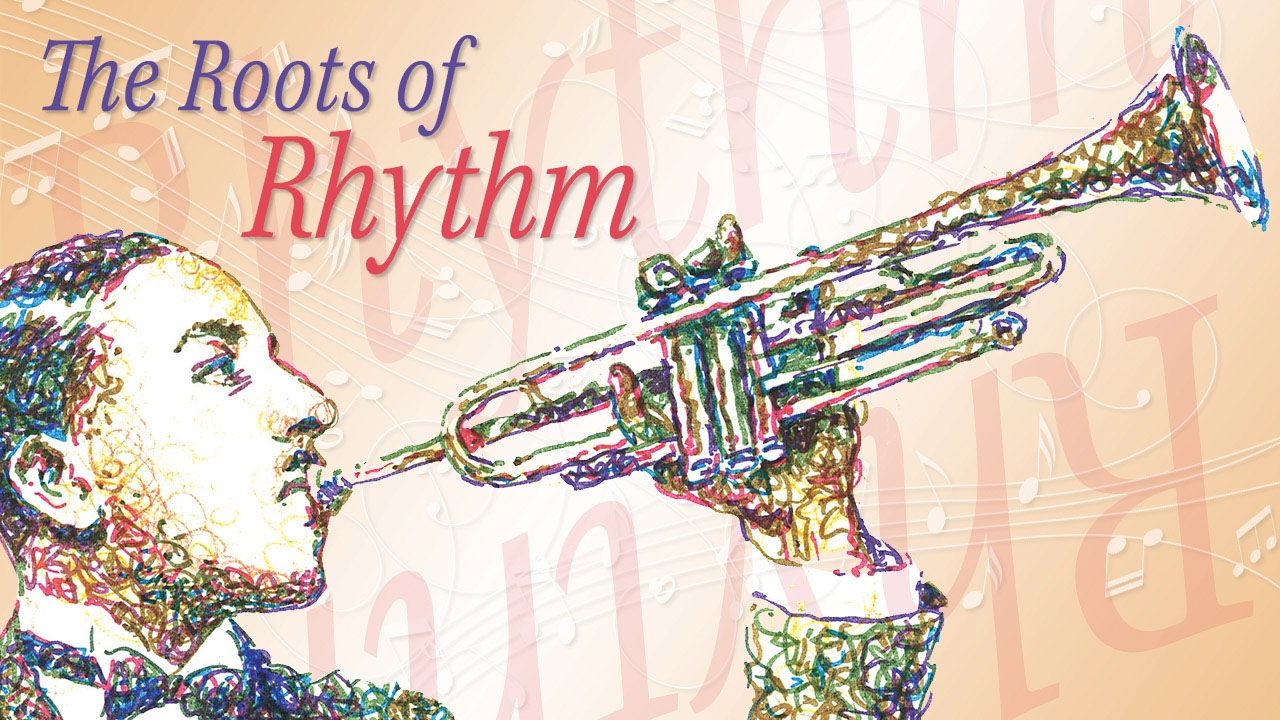UAB students can’t major in jazz, but that hasn’t stopped them from putting together an impressive, hard-swinging big band—the UAB Jazz Ensemble—along with small jazz combos. How impressive? Enough to have won the top prize three out of the past four years at the Alabama Jazz Hall of Fame’s Student Jazz Band Festival. Bandleader Steven Roberts, D.M.A., assistant professor of jazz and trumpet in the UAB College of Arts and Sciences Department of Music since 2007, says the current big band is “the best since I’ve been here.”

Musical Timeline
UAB’s polished, powerful Jazz Ensemble descends from a long jazz tradition in Birmingham. Prior to Roberts’s tenure, the UAB group was led by, in order, former Ramsey Lewis/Count Basie bassist Cleveland Eaton, pianist/arranger Ray Reach, and drummer Mark Lanter.
 (From top) Erskine Hawkins, "Fess" Whatley, Cleveland Eaton, "Doc" Adams, and Sun Ra
(From top) Erskine Hawkins, "Fess" Whatley, Cleveland Eaton, "Doc" Adams, and Sun RaEven earlier, local teachers like John Whatley (nicknamed “Fess,” short for “Professor”) of Industrial/Parker High School turned out powerhouse players including trumpeter/bandleader Erskine Hawkins of “Tuxedo Junction” fame, futuristic pianist/bandleader Sun Ra, Eaton, and numerous others who played in the bands of Basie, Fletcher Henderson, Duke Ellington, Lionel Hampton, and the like. Whatley formed Birmingham’s first black dance orchestra, the Jazz Demons, in 1922, mostly from his students. Those students became renowned for both their impeccable musical abilities and their professionalism, which attracted top bandleaders. For decades, Whatley alumni like brothers James (saxophonist and Alabama Jazz Hall of Fame founder) and Sammy Lowe (trumpeter/arranger) and Frank “Doc” Adams (saxophonist/teacher) were part of the local jazz scene; Eaton and Tommy Stewart (trumpet) still are.
For Roberts, being around these local heroes “has been an education”—particularly considering that the teaching of jazz is at a curious place 70 to 80 years after it was America’s popular music. For many young people, jazz is something they may hear first in class: “The last bastions of jazz are university and military bands,” Roberts says. Hundreds of colleges and conservatories around the country now have jazz programs. UAB offers several courses on the topic—some for music technology majors and others open to every student.
Playing, Listening, Learning
Today, jazz draws a parallel with classical music as an academic approach, Roberts says. Not that this is new: Benny Goodman, Charles Mingus, and Miles Davis were among many jazz giants whose classical training broadened their jazz work. Roberts’s inspiration was Wynton Marsalis, the first major virtuoso in both jazz and classical music, whose career showed a new generation of musicians that both traditions were valid and important. “Thirty to forty years ago, the idea was that you couldn’t play jazz and classical, but people did it, and were better at both,” Roberts says. “Jazz is a good way to learn the fundamentals of all non-classical music.” He sees students with jazz education becoming more sophisticated in playing pop, rock, or R&B, for example.
In the early decades of jazz, in Birmingham and elsewhere, higher education meant jam sessions and informal exposure to the wisdom of established masters. It still takes a lot of playing—and even more listening—to become proficient, Roberts says. “You can’t do it alone,” he adds, noting that some of his students get together to “jam every day and listen to recordings.” America’s unique musical gift to the world still speaks to young people; by serving as a crucible for their artistic development, UAB’s Jazz Ensemble is helping them make history.
 Steven Roberts (eighth from right) with some current and recent members of the UAB Jazz Ensemble and combos
Steven Roberts (eighth from right) with some current and recent members of the UAB Jazz Ensemble and combos



